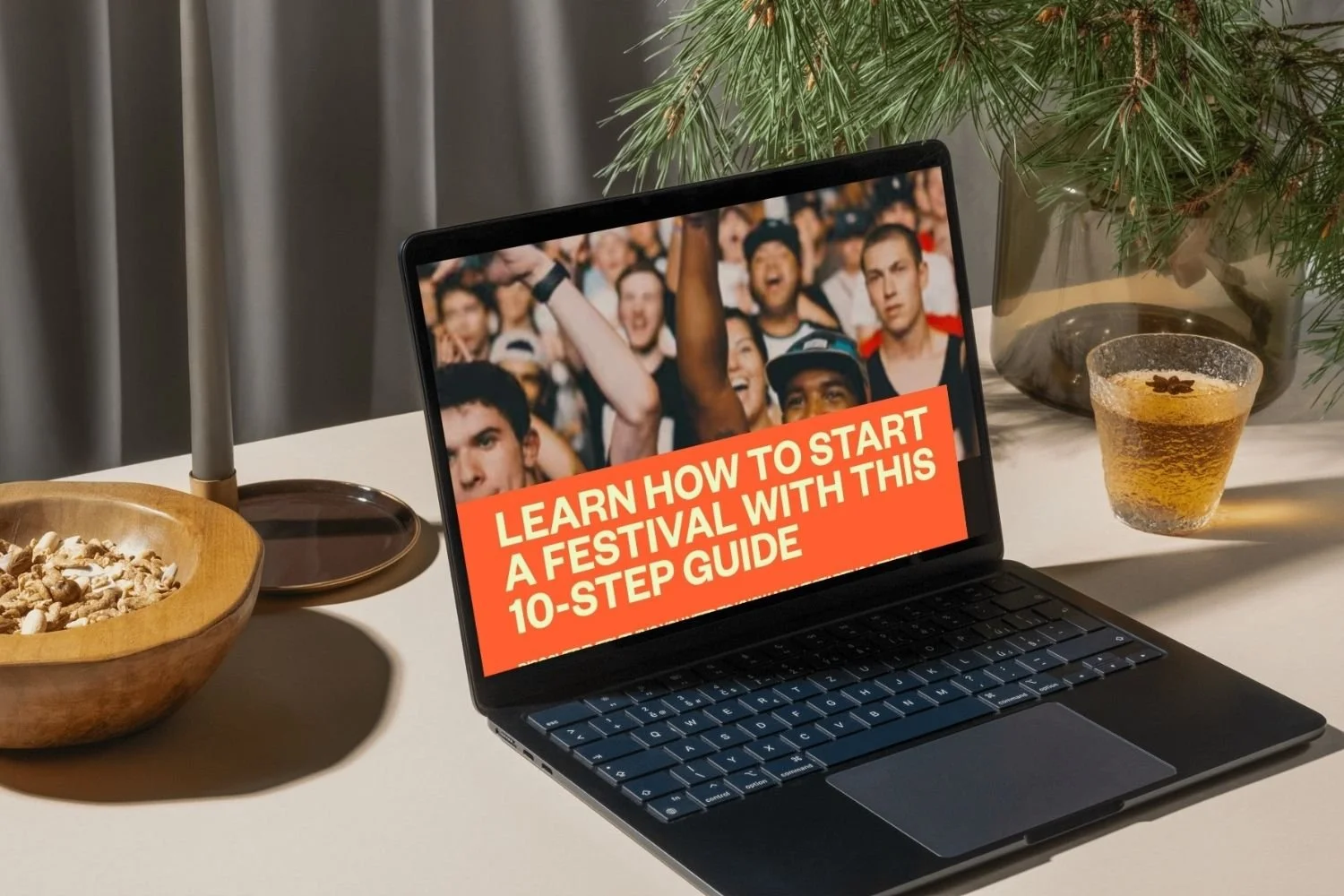Your First 10 Steps in Event Planning
Introduction
Starting your first event can feel overwhelming.
There’s a mountain of moving parts, a dozen directions to head in, and everyone seems to assume you already know what you're doing. But here’s the truth: every experienced planner started exactly where you are, at step one.
This guide breaks down the first 10 steps you need to take when planning any event, big or small.
No fluff, no jargon. Just a clear path to getting started.
1. Define the Purpose
Why are you holding this event? What's the goal—awareness, celebration, education, profit? Every decision flows from here, so take the time to get crystal clear.
2. Know Your Audience
Who’s attending? What do they value, expect, need? Understanding your audience helps you shape the right experience and avoid unnecessary extras.
3. Set the Budget Early
It’s tempting to dream first and budget later, but don’t. The budget shapes everything from the venue to the catering to how ambitious your ideas can get. Be realistic, not just optimistic.
4. Create a Working Timeline
Even a rough timeline gives your planning structure. When’s the event? When do you need decisions made? What’s your lead time on suppliers? Start building out key dates now.
5. Secure the Venue
Lock in the space early. It sets the tone and capacity and often controls what’s possible logistically. Plus, venues book fast, especially for peak seasons.
6. Build the Team
Who’s helping you? Whether it’s colleagues, volunteers, or contractors, start listing the roles you’ll need and who’s filling them. No one plans a successful event solo.
7. Outline the Run Sheet
Even if it changes later (and it will), mapping out the event day or night helps you see what needs to happen and when. It also helps spot where you’ll need staff, tech, or setup time.
8. Start the Permits and Paperwork
If your event needs council approval, road closures, insurance, or any risk documentation, don’t delay. These often take longer than expected and can make or break your event timeline.
9. Contact Vendors Early
From caterers to AV crews to entertainers, good suppliers get booked fast. Make a shortlist, start enquiries, and get your key partners on board before they’re snapped up.
10. Plan for Promotion
If people don’t know about your event, they won’t show up. Whether it’s social media, email invites or signage, start outlining how and when you’ll spread the word.
No event goes 100% to plan. But by getting these first 10 steps right, you’ll give yourself the best chance of delivering something brilliant, with fewer headaches along the way.
Want to fast-track your planning? Our Starter Kit includes run sheet templates, planning checklists, budgeting tools and more—everything you need to take your next step with confidence.
You Might Also Like
Meet Your Mentor
Hey! I’m Rachella — founder of Event Kit and an Event Consultant with 25+ years of experience running world-class festivals and public events. I created Event Kit because I knew there had to be a smarter, less overwhelming way to plan pro-level events.
EVENT KIT LIBRARY
Guides & Tutorials: Expert Insights & Event Planning Inspiration
Your go-to for practical event planning advice, from beginner basics to smart professional development.













